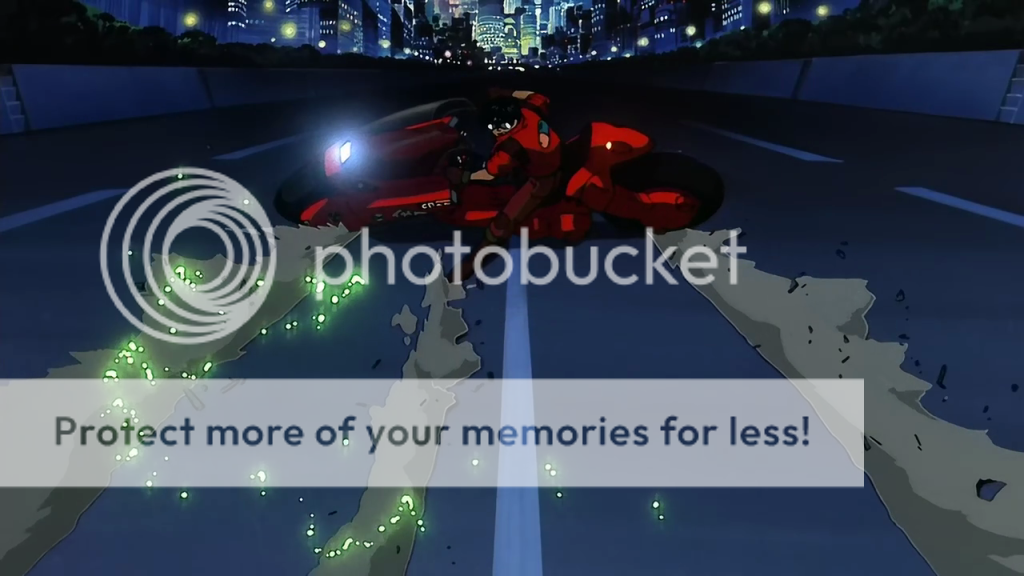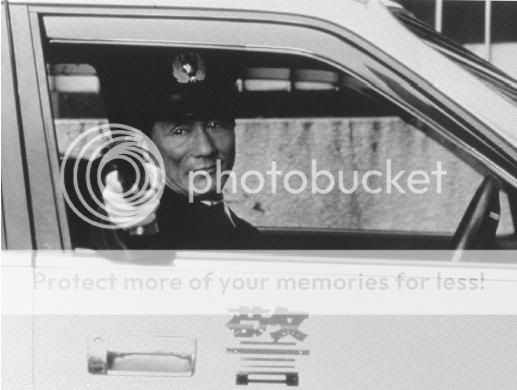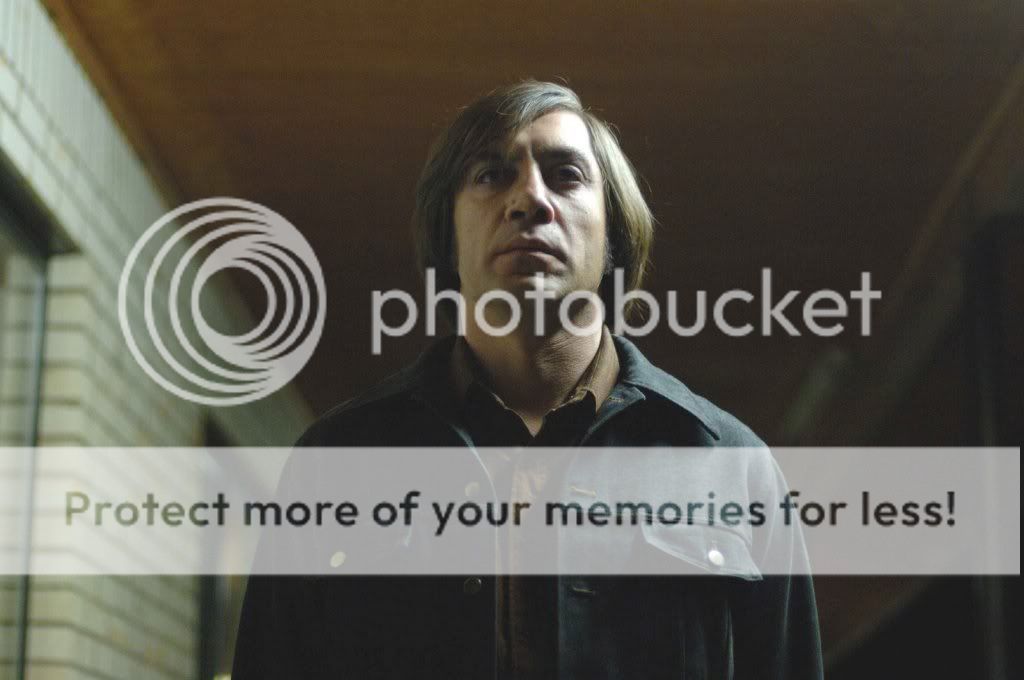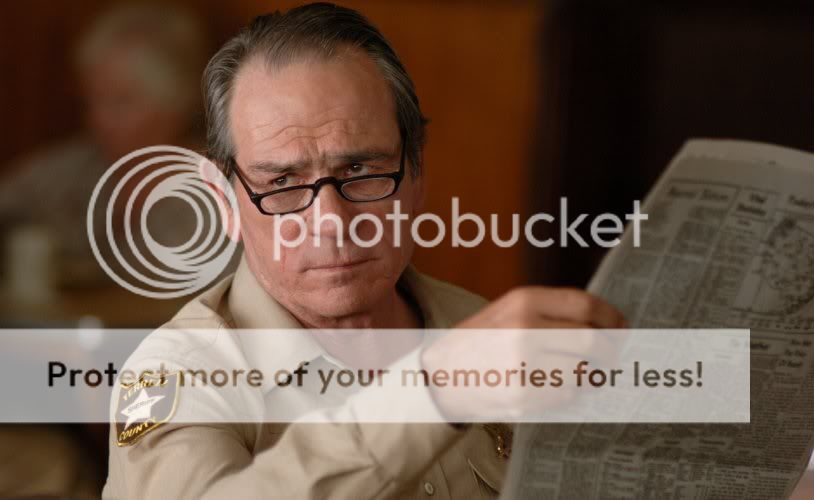"Humans were like monkeys once; and before that, like reptiles and fish; and before that, plankton and amoebas... Even creatures like those have incredible energy inside them. What if there was some mistake in evolution and the progression went wrong, and something like an amoeba was given power like a human's?"
In Tokyo, on 07.16.1988, a huge explosion takes place and destroys the entire city. World War III is in effect and this story takes place 31 years later, in 2019 A.D. Neo Tokyo. The government of Neo Tokyo is in a type of dictatorship but a megapolis manages to thrive, nevertheless. The citizens need their high-rises and 100-foot tall bridges/promenades that connect between buildings. Biker gangs rule the city and the police force, surprisingly cannot handle them. The average citizen is terrorized only slightly because most of them collaborate. And the school system has crumbled beyond repair. The colors of the city are lush and buildings stand taller than needs be. This, among Blade Runner and Dark City is one of the best films of its kind since Fritz Lang’s Metropolis (1926).

Akira is about a teenager named Tetsuo whom has a history of being picked on, and his childhood foster-school friend Kaneda who is always there for him. He always helps Tetsuo in any situation and therefore, becomes like a father-figure to him. Kaneda and Tetsuo are in their late teens and they belong to a popular biker gang.
The film opens with a gang battle between Kaneda’s gang and a gang of youths that somewhat resembles clowns. "The Clowns” lose the fight and the police are on its way; pity that Kaneda’s bike just got warmed up. Soon after, Tetsuo has a motorcycle accident and military troops come to claim him. They perform tests on him while his biker friends are worried about his well being.
All of the youths in Neo Tokyo hate its government, its military, and its police force, and so does a guerrilla troop that attempts to uncover a government conspiracy, one that involves three children that may have telekinetic powers; those kids have gray shriveled skin and Tetsuo is given the same treatment as them. He finds out that he does have telekinetic powers and lets the power go to his head. When Kaneda tries to rescue Tetsuo from the military hospital he is confronted by Tetsuo and is told that he doesn’t need his help anymore, that he can take care of himself now. Tetsuo ties a long red cloth around his neck, like a sort of cape, and flies across the city like a superhero; but he destroys anyone that is in his path. He has single-handedly become Kaneda’s antagonist.
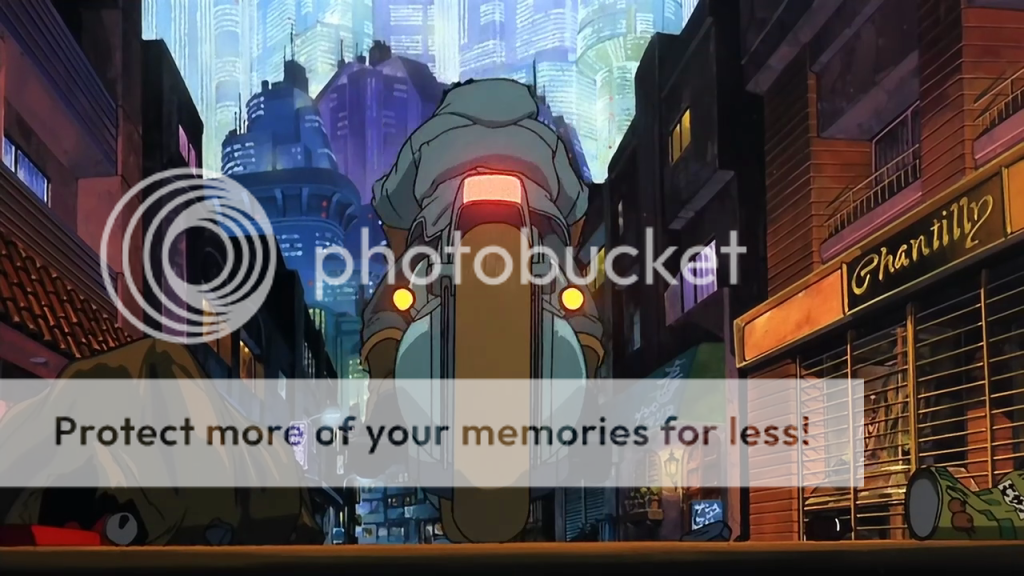
This film carries two major themes: the first theme is of ‘youth gone wild’ in a city that had brought the situation upon itself, and the second theme is of a boy that hates being helpless. Tetsuo hates being helped more than being unable to help himself. The army attempts to destroy him using riot squads and tanks, and even resorts to firing a particle-beam satellite onto him from space. Tetsuo then flies out of the atmosphere and destroys the satellite with his new found powers. The themes collide well: we see bikers roaming the street with blunt metal instruments at hand, and later we see a teenage boy (Tetsuo) destroy an entire bridge using only his mind. The first group rebels against authority and Tetsuo rebels against everyone that stands in his way.
The first act of the film is the bikers and the youths, the most violent part of the film. The second act is of the powers that were vested within a few individuals and of the system being brought down from within. The third act is the most strange and gruesome one, like when Tetsuo loses his right arm to the particle-beam satellite and replaces it with metallic component (wires and such). My favorite act is the first one: it may be the most violent but it feels the most free. It packs a wallop to see such young people terrorizing citizens simply because they have nothing better to do. It reminds me of the first act of Kubrick’s classic A Clockwork Orange (1971): we do not condone what these youth do to for kicks but we can’t look away. It’s fascinating to see what triggers certain people and we almost forget that what is happening on screen is terrible because the filmmaking has so much energy to it.
The ideal behind Akira is that Akira has turned into the form of pure energy. As a child he was unable to control his mysterious powers and the scientists who were in control took measures of securing his powers from overtaking him and destroying the city. Some say that the nuclear bomb was Akira. Tetsuo is on the same path Akira was and cannot control his power because human beings cannot have such power. The tragedy is that even if we have it we simply cannot control it, for it is not designed for us. The power takes over Tetsuo and the three other “special” children team up to revive Akira in order to stop Tetsuo.
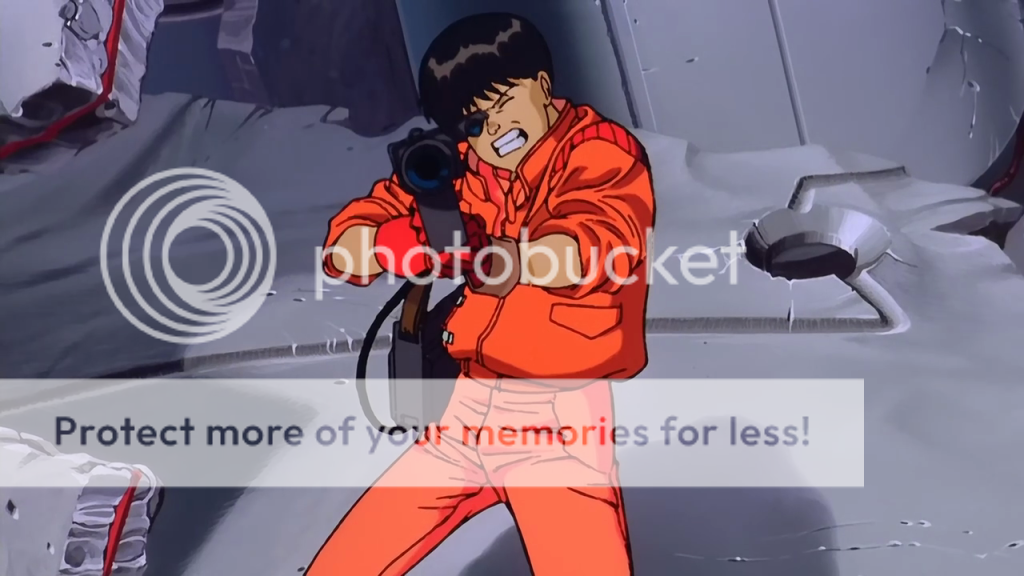

Akira premiered in 1988 and became an instant landmark in animation, graphics, and storytelling that was geared for adults. Claiming that the rating for this film is Restricted is an understatement but because it is animated the rating is suitable; we all need suspension of disbelief.
I mentioned that the animation is fantastic but that, too, is an understatement. It is due to the arduous work of animating frame by frame. When viewing the film shot by shot one notices that buildings and walls are present in almost every shot. It gives off the feeling of being closed in, of being a part of an organized machine, and when we see open roads and bikers, the sides of the frames are more empty signifying a feel of freedom.
Akira is, rightly the most famous anime of all time, in North America and probably, also the most popular anime in the world. It is a pinnacle in animation and imagination and is the father of many other popular anime films and series; most distinctly Dragonball Z. Many segments from this film are copied outright; especially what Kaneda does with his awesome motorcycle. This film has received the Blu-ray treatment and is being released on that medium on February 24, 2009. Trust me, buy it at any cost. This one is truly a keeper.

